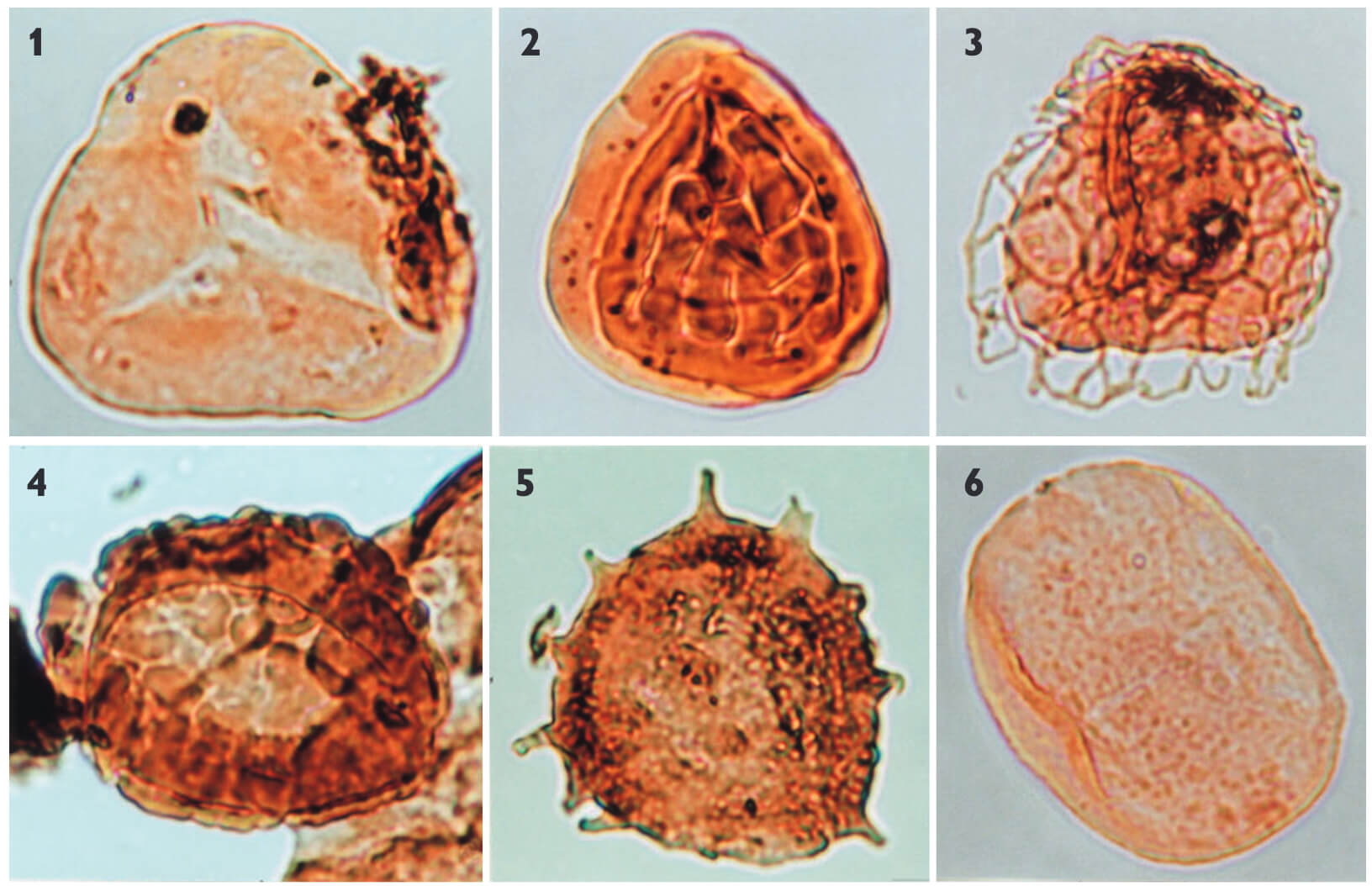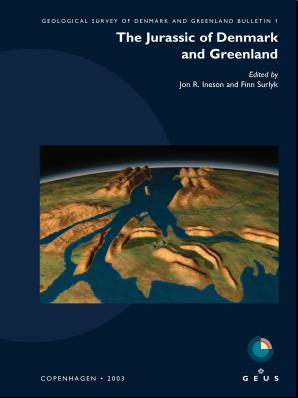
How to Cite
Share
Abstract
The Neill Klinter Group of Jameson Land, East Greenland contains rich and diverse palynomorph assemblages. Spores, pollen and freshwater algae dominate most of the samples, but dinoflagellate cysts and acritarchs also form important components. The ages suggested by the palynomorphs from the Rævekløft, Gule Horn and Ostreaelv Formations span the period from the Early Pliensbachian to the early Aalenian. The number of palynomorphs identified totals 136, including 83 miospore and 53 microplankton species; they are grouped into seven palynological assemblage zones. In general, there is good agreement between the palynological and sedimentological data, and the palynological data has refined the understanding of the depositional palaeoenvironments of the Neill Klinter Group. In some cases, the boundaries of the palynological assemblage zones are congruent with major sequence stratigraphic surfaces and the palynological data thus support the sequence stratigraphic interpretation. In other cases, however, regional correlation indicates that the zone boundaries cross important sequence stratigraphic surfaces, such as sequence boundaries; such behaviour is thought to reflect the facies-dependent nature of certain of the palynological assemblage zones. The pattern of palynological events in East Greenland has also been recognised on the mid-Norwegian shelf.
How to Cite
Share
Downloads
Editors: Jon R. Ineson and Finn Surlyk
The Jurassic rocks of Denmark and East Greenland record the evolution of two discrete portions of the Mesozoic rift complex, now separated by the North Atlantic Ocean. The Jurassic of Denmark and adjacent areas occurs mostly in the subsurface and research has thus focussed [...]










